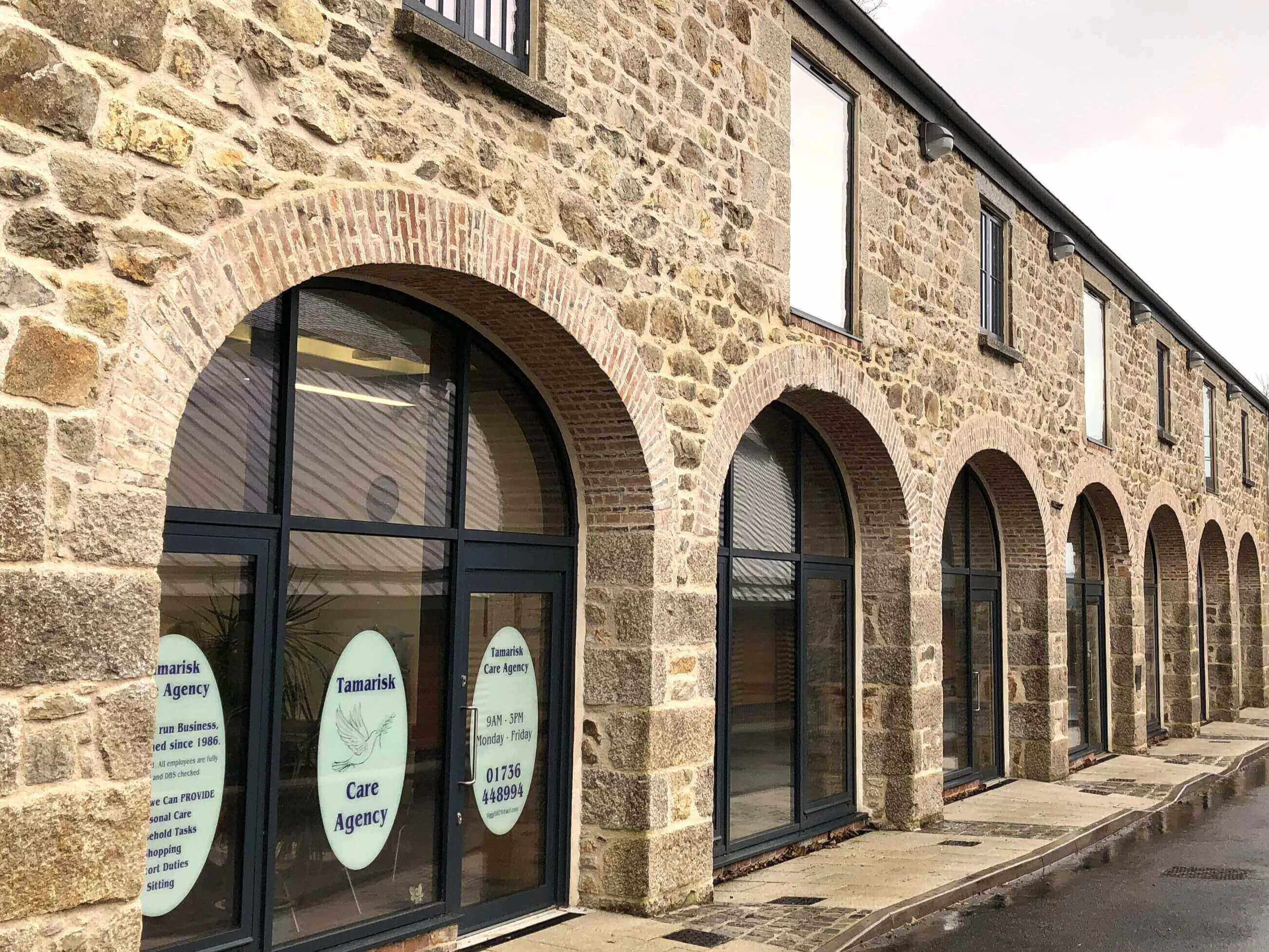
Preserving History: The Role Of Heritage Structural Engineers
Historic structures face an array of threats, primarily due to the ravages of time and neglect. Environmental factors, such as adverse weather, climate change, and pollution, can significantly advance their deterioration. At the same time, vibration from traffic, urban development, and poorly planned modernisation projects also pose a risk, leading to demolition or inappropriate alterations that compromise a building’s historical integrity.
Heritage structural engineers play a crucial role in preserving and protecting historic structures, making them safe, sustainable, and accessible for future generations while retaining their historical integrity and aesthetic value. Here are some examples of successful heritage projects that we as structural engineers have undertaken over the years:
Cardigan Castle
Overlooking the River Teifi in Ceredigion, Cardigan Castle showcases the successful integration of historic conservation with modern development, demonstrating how heritage sites can be sensitively restored and adapted for contemporary use. The restoration of the building was approached with a sensitive design that respected its complex historical context and carefully considered the castle's unique characteristics, ensuring that the refurbishment would enhance its historical significance while making it a viable space for contemporary use.
Harvey’s Foundry, Hayle
The Copperhouse and Harvey’s Foundries in Cornwall played a key role in the county’s mining industry for nearly 150 years and are of great historical significance. The refurbishment of the industrial site involved preserving the historical essence of the foundries while repurposing them for modern-day use, thereby keeping the legacy of Cornwall’s industrial heritage alive.
Plymouth’s Elizabethan House
Situated in a city with a rich maritime history, the Elizabethan House in Plymouth is a remarkable survivor from the late 1500s. Despite the turmoil of early 20th-century slum clearances and the devastation of the Blitz, this building remained largely intact, although it underwent some structural and strengthening works in the late 1920s to preserve its existence. The problems caused by the poor standard of these works led to a recent major restoration project to ensure its preservation as a historical landmark, offering valuable insights into the life and architecture of the Elizabethan era.
Tudor House Museum, Southampton
The Tudor House Museum, a Grade II* listed medieval timber-framed building and Norman warehouse, is a composite of three Tudor houses and a cottage built on Norman basements. Once on the brink of demolition, this historically important building in Southampton was sympathetically restored, highlighting the architectural and historical significance of Tudor buildings, many of which have been lost to redevelopment over the years. The project involved detailed surveys, structural assessments, and meticulous repairs, in order to preserve the maximum amount of historic material.
Curzon Cinema, Clevedon
The Curzon Community Cinema in Clevedon is one of the world's oldest continuously operating cinemas. Opened in April 1912, it has been a cornerstone of community life and is an important part of global cinematic heritage. Work carried out on the cinema included its complete reroofing, removal of the modern ceiling to expose the original pressed steel vaulted ceiling, and refitting the upper balcony seats and balustrades. The preservation of the building aimed to retain its historic character and charm while upgrading it to meet current health and safety standards and building regulations, thus ensuring it could continue to operate as a cinema.
Get In Touch For More Information
To find out more about how our structural engineers can help with your heritage project, please contact Richard Fowles at rfowles@fentonholloway.com.

/Richard-Fowles-Historic-Structures-Long.webp)
.png?width=365&height=215&name=Brochure%20CTA%20(1).png)